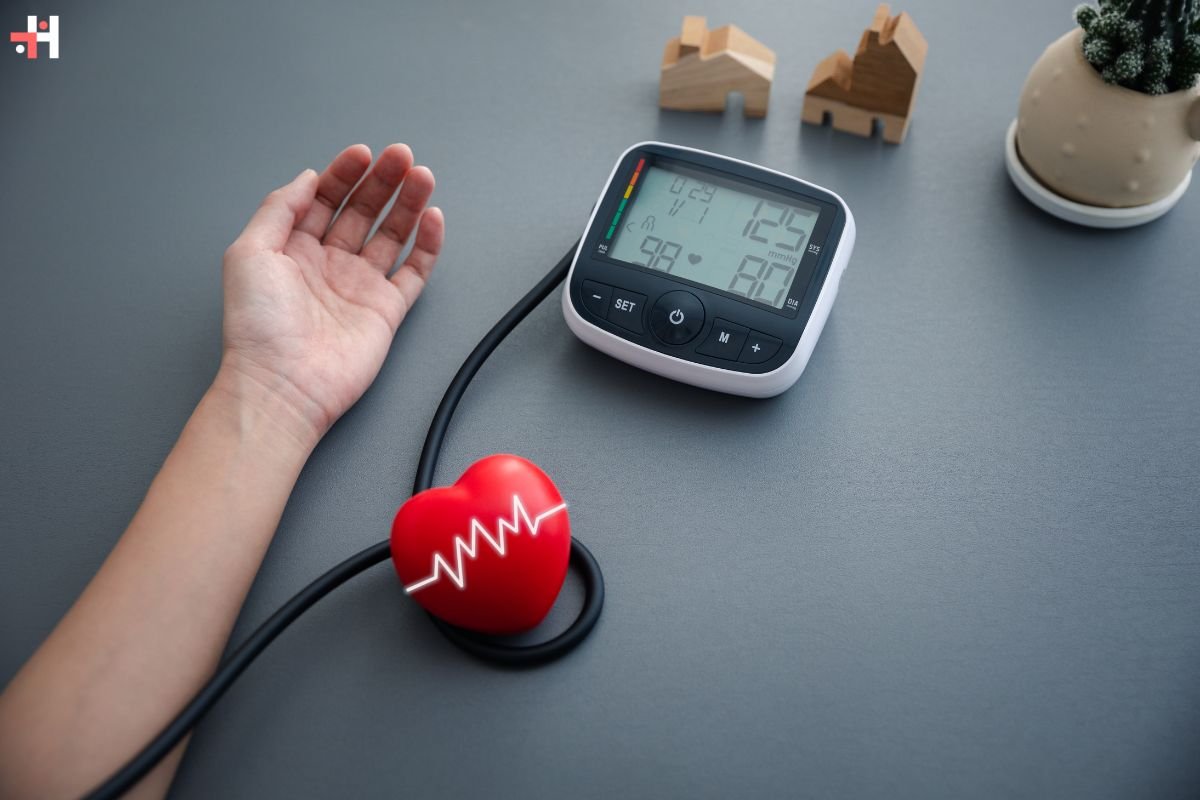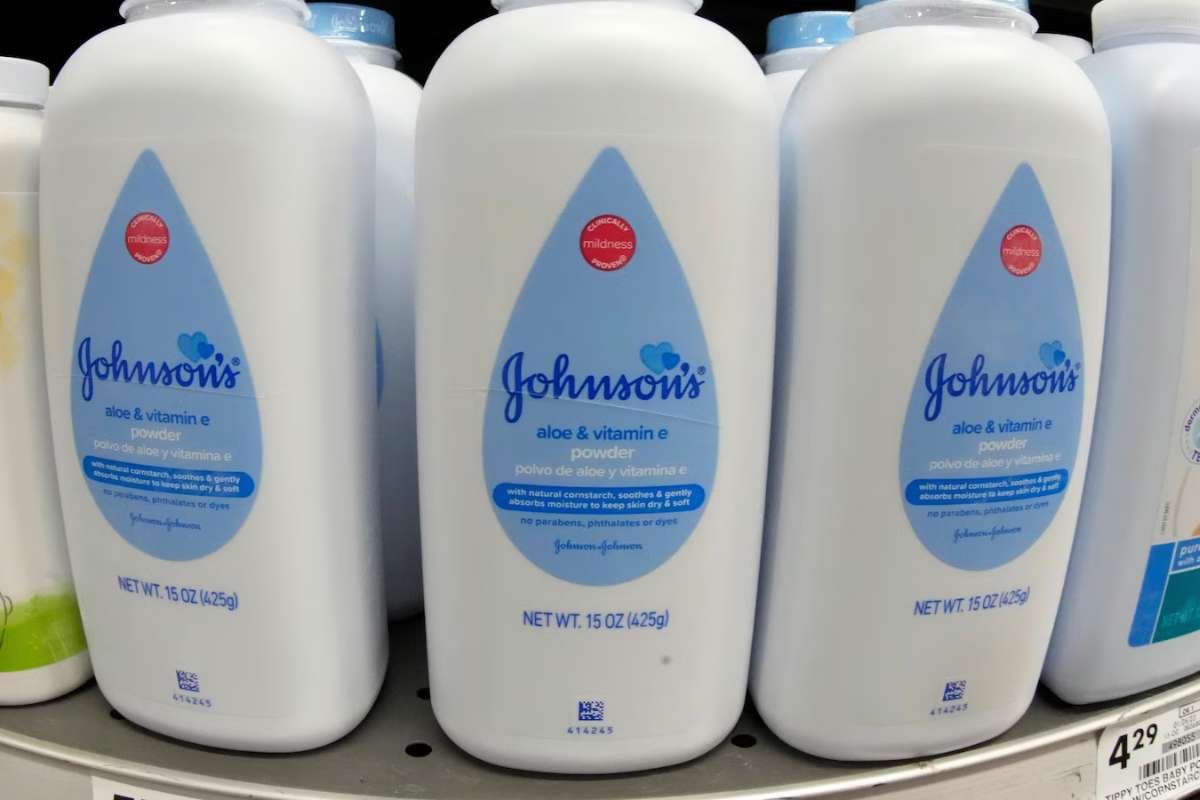In today’s health-conscious world, more and more people are turning to a low sodium diet to improve their well-being and longevity. A low sodium diet involves reducing the amount of salt and sodium-rich foods in your daily meals. This dietary approach is not just a passing trend but is backed by extensive scientific research highlighting its numerous health benefits. In this article, we will delve deep into what a low sodium diet entails, its advantages, practical tips for implementation, and much more.
Understanding a Low Sodium Diet
Low Sodium Diet primarily focuses on limiting the intake of sodium, a mineral commonly found in salt (sodium chloride). While sodium is essential for various bodily functions, excessive consumption has been linked to several health issues, including hypertension (high blood pressure), cardiovascular diseases, and kidney problems. The typical Western diet often contains far more sodium than the body needs, largely due to processed foods and added salt during cooking and at the table.

Health Benefits of a Low Sodium Diet
Adopting a Low Sodium Diet can lead to significant health improvements:
- Blood Pressure Regulation: One of the most notable benefits is its positive impact on blood pressure levels. High sodium intake can cause the body to retain water, increasing blood volume and leading to elevated blood pressure. By reducing sodium intake, blood pressure can be lowered, thus reducing the risk of heart disease and stroke.
- Cardiovascular Health: Lowering sodium intake is associated with a reduced risk of cardiovascular diseases such as heart attacks and heart failure. It helps maintain proper functioning of the heart and blood vessels, promoting overall cardiovascular well-being.
- Kidney Function: Excessive sodium consumption can strain the kidneys, potentially leading to kidney damage over time. A low sodium diet eases this burden on the kidneys, supporting their long-term health and function.
- Reduced Fluid Retention: Sodium plays a role in regulating fluid balance in the body. High sodium intake can cause fluid retention, resulting in bloating and swelling. Cutting back on sodium can alleviate these symptoms and promote a more comfortable daily experience.
Also Read: The Crucial Role of Nutrition in Heart Health
Implementing a Low Sodium Diet
Transitioning to a Low Sodium Diet doesn’t have to be daunting. Here are practical tips to help you get started:

- Read Food Labels: Pay attention to the sodium content listed on food labels. Choose products labeled “low sodium” or “sodium-free” whenever possible.
- Cook at Home: When cooking, use herbs, spices, and other flavor enhancers instead of salt to season your meals. This allows you to control the amount of sodium added to your food.
- Limit Processed Foods: Many processed and pre-packaged foods contain high amounts of sodium. Opt for fresh fruits, vegetables, and lean proteins which are naturally lower in sodium.
- Choose Low Sodium Alternatives: Substitute high-sodium ingredients with lower sodium alternatives. For example, use fresh herbs or lemon juice instead of salt for seasoning.
- Gradual Reduction: If you’re accustomed to a high sodium diet, gradually reduce your sodium intake over time. This approach allows your taste buds to adjust and makes the transition more sustainable.
Challenges and Considerations
While there are numerous benefits to adopting a Low Sodium Diet, it’s essential to be mindful of potential challenges:
- Social Situations: Eating out or attending social gatherings where high sodium foods are served can pose challenges. Plan ahead by researching restaurant menus or offering to bring a low sodium dish to share.
- Hidden Sodium: Sodium can hide in unexpected places such as sauces, condiments, and even certain medications. Be vigilant about checking labels and ask your healthcare provider about alternatives if necessary.
- Individual Variability: Everyone’s sodium sensitivity varies. Some individuals may need to restrict sodium more strictly than others based on their health conditions and responses to dietary changes.

Conclusion
In conclusion, adopting a Low Sodium Diet offers a myriad of health benefits, ranging from improved blood pressure control to enhanced cardiovascular health and kidney function. By making conscious choices to reduce sodium intake, individuals can significantly impact their overall well-being and quality of life. Whether you’re looking to prevent health issues or manage existing conditions, a low sodium diet is a powerful tool that can support your journey towards better health. Start small, make gradual changes, and enjoy the long-term benefits of a lower sodium lifestyle.
Also Read:
A Low Cholesterol Diet: Tips, Recipes, and Benefits
Mediterranean Diet for Beginners: A Comprehensive Guide
Frequently Asked Questions (FAQs)
1. What is considered a low sodium diet?
Ans: A low sodium diet typically involves consuming no more than 2,300 milligrams of sodium per day, although some health professionals recommend even lower limits, such as 1,500 milligrams per day for individuals with certain health conditions.
2. Can I still eat out on a low sodium diet?
Ans: Yes, you can eat out while following a low sodium diet. Choose restaurants that offer healthier options and ask for dishes to be prepared with less salt. Many restaurants also provide nutrition information upon request, which can help you make informed choices.
3. Are there health risks associated with too little sodium?
Ans: While sodium is essential for bodily functions, especially in maintaining fluid balance and nerve function, excessive intake is more common than inadequate intake in most diets. Most people naturally consume enough sodium through their regular diet without needing to add extra salt.
4. How quickly will I see results from a low sodium diet?
Ans: The timeline for seeing results from a low sodium diet varies from person to person. Some individuals may notice improvements in blood pressure and overall well-being within a few weeks, while others may take longer depending on their baseline health and adherence to the diet.
5. Can a low sodium diet help with weight loss?
Ans: Adopting a low sodium diet may contribute to weight loss indirectly by reducing fluid retention and bloating. However, the primary benefits of a low sodium diet are related to improving cardiovascular health and reducing the risk of chronic diseases rather than weight loss specifically.









